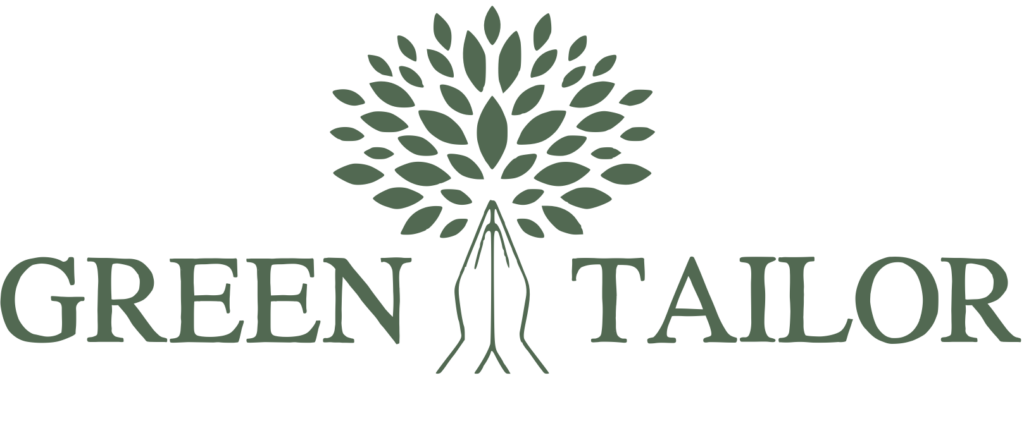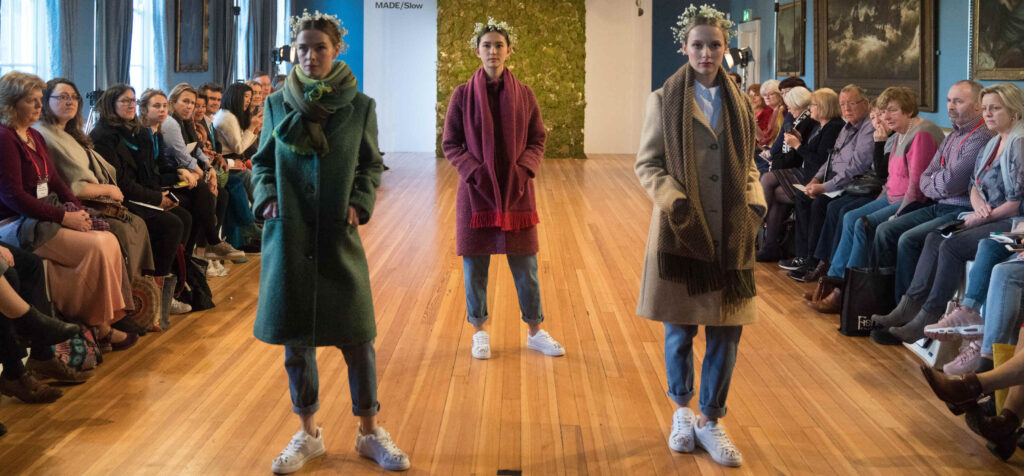Fast fashion & slow fashion: Why choosing slow clothing matters
Today, the textile industry has made shopping for clothes easier than ever. With just a few taps on your phone or a quick visit to the mall, you can grab the latest styles for just a small amount of money. Stores nearly always restock with new collections, and fashion trends shift quickly. It is fun, exciting, and also affordable.
But behind cheap prices and fast trends, there is a story that many people don’t know. It is the story of fast fashion vs slow fashion. But slow fashion remains far from most people’s minds.
It is important to make better choices by thinking about their impact on people and the planet.
What is fast fashion?
Fast fashion is all about speed and low cost. New designs are made quickly that are copied from popular styles and sold at very cheap prices. Many times, clothes go from design to store in just weeks.
Quick fashion encourages people to buy more and wear items less. You wear a dress for very little time before replacing it with another trendy piece. The materials are very low quality and use a lot of synthetic fabrics.

Signs of fast fashion
- New styles every week
- Very low prices
- Clothes that don’t last long
- Poor working conditions in factories
- Poor fabric quality, mostly synthetic and harmful for people who wear and the environment
- Heavy use of water, chemicals, and fossil fuels used for production of the fabrics
How fast fashion harms the planet
The fashion industry is the second most polluting industry in the world. We explained below how it is harming people and the environment.

Fabric waste
Most fast fashion clothes are thrown away after a few wears. Over 92 million tons of textile waste is created every year. Many clothes end up in landfills or are burned.

Pollution
Making cheap clothes uses a lot of water and chemicals. Factories often dump dye and toxic waste into rivers. Polyester releases microplastics that harm oceans and wildlife.

Carbon emissions
Making synthetic clothes and shipping them around the world creates a lot of pollution. The fashion industry causes around 10% of global carbon emissions.
What is slow fashion?
Slow fashion is the opposite of fast fashion. It focuses on quality over quantity. Sustainable slow fashion is about making clothes that last a long time, using fair labor, and protecting the earth.
Slow fashion textiles use natural fibers that come from cotton, linen, hemp, jute, silk, wool, or recycled fibers. These are much safer for skin and for the planet. Ethical fashion can take time to design and produce each item. As they use natural fabrics that support small makers and also avoid waste.
Signs of slow fashion
- Fewer collections but quality ones
- Timeless and long-lasting designs
- Higher quality materials
- Fair wages and safe workplaces
- Sustainable packaging
- Eco-friendly production methods
- Safe for people and environment

Why slow fashion is better
Better for the environment
Slow fashion uses less water and energy. Many brands use organic cotton, linen, hemp, silk, wool, or recycled fabrics. These materials are kinder to the earth.
Safe for people
Slow fashion brands often work with small factories or skilled artisans and work in safe conditions. The fabrics and clothes are safe for the people and are free from synthetic dyes and chemicals.
Better quality
Slow clothing is made with care and lasts much longer. You don’t have to keep buying new ones every few months because all are durable ones.
Sustainable practices
Slow fashion brands use local materials, organic fabrics, handwoven textiles, and upcycled items. They also choose eco-friendly dyes and aim to save water and energy. Even their packaging is often biodegradable.
A final thought
Knowing the difference between fast fashion vs slow fashion helps to make better choices. It is not about changing everything overnight, but being more aware is a good place to start. It is like buying less and choosing better quality or supporting natural textile brands, ethically produced clothing, and recycled garments. leads to a bigger impact over time. Every small step matters for the sustainable way.
If you are passionate about natural fabrics and products, at Green Tailor, we are offering sustainable products and fabrics that are safe for you and also better for the environment. All our natural materials are made from natural fibers such as organic cotton, linen, silk, wool, recycled fibers, and a range of artisanal weaving. Let’s choose clothes that last and do good with no MOQ. Together, we can make sustainable fashion better.
For more information about our sustainable brand, contact us at [email protected].

